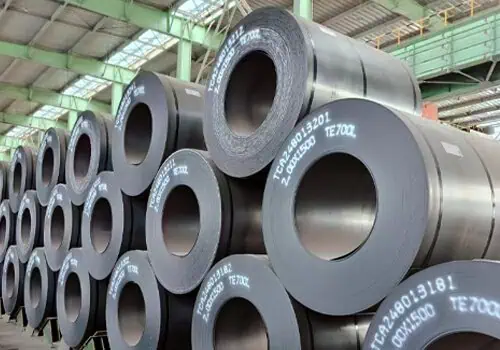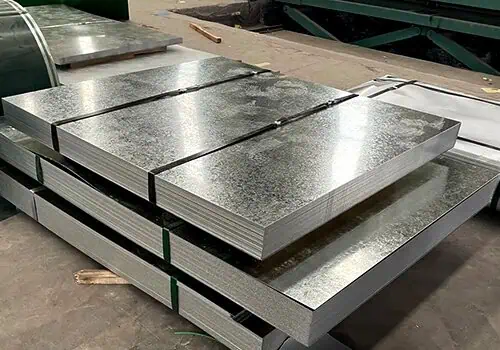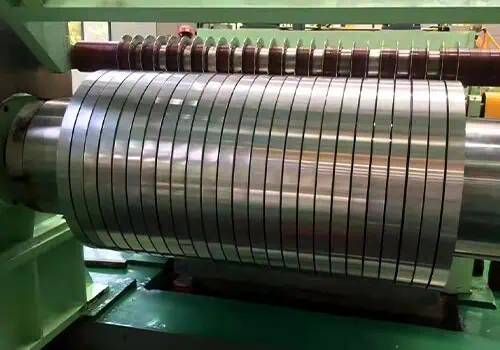Confused about steel options? What’s the difference between cold rolled steel and stainless steel? Discover how cold rolled steel and stainless steel differ—and which fits your project best.
Cold rolled steel is smoother and stronger, ideal for precise applications, while stainless steel resists corrosion, perfect for harsh environments. Your choice depends on strength, appearance, and durability needs.
Let’s explore their properties, 용도, costs, and which works best for your business.
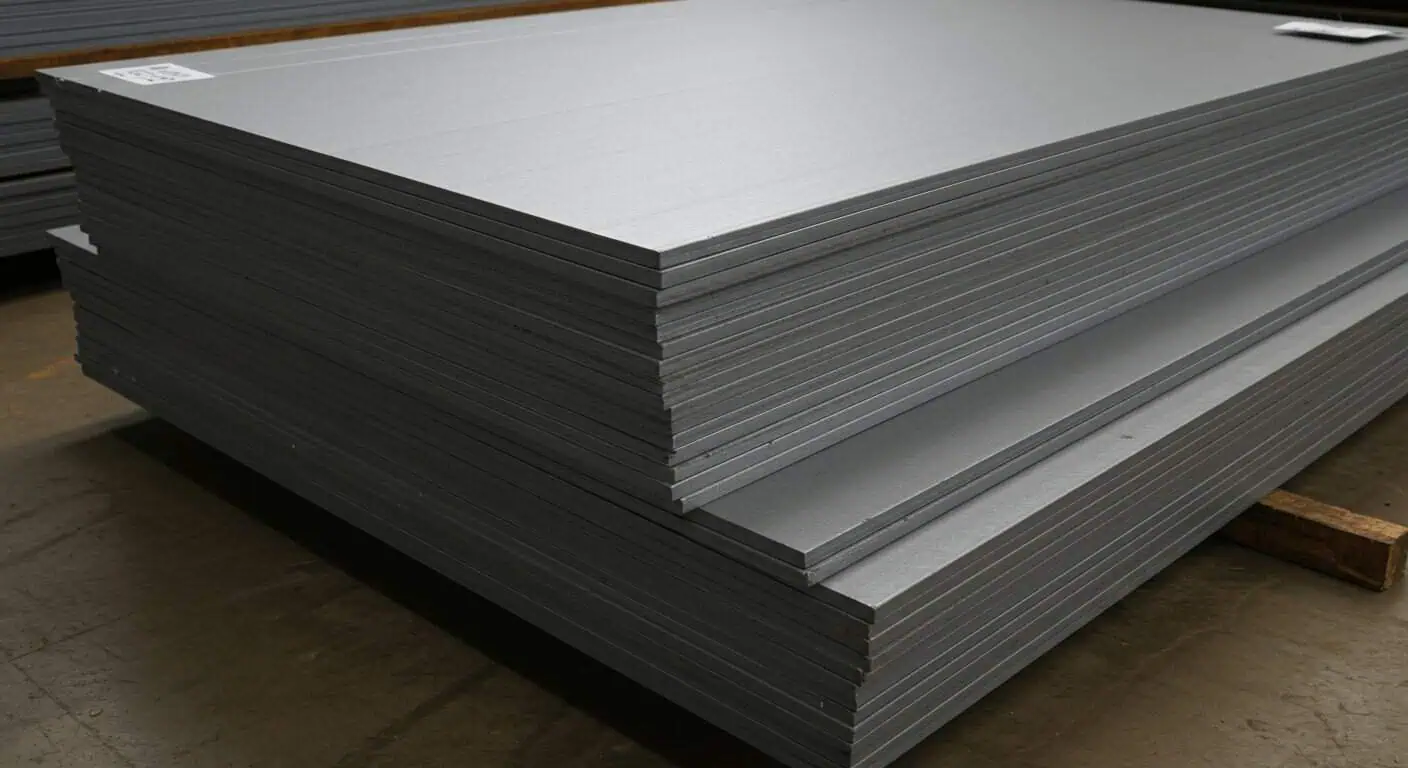
What Is Cold Rolled Steel and Where Is It Used?
Cold rolled steel is made by rolling hot steel at room temperature to refine its surface and enhance precision. It’s widely used in industries where smooth finishes and exact dimensions matter.
Cold rolled steel has tighter tolerances, a smoother finish, and higher strength. Common in appliances, 가구, and automotive parts.
It’s important to note that cold rolled steel vs stainless steel isn’t just about price—cold rolled steel offers higher strength and tighter dimensional accuracy. It’s ideal for products like filing cabinets, electric motors, lockers, and structural components that need exact shaping. However, it lacks natural corrosion resistance and must be coated or painted for protection. When considering cold rolled steel vs steel, cold rolled types outperform hot rolled options in precision and appearance.
What Is Stainless Steel and What Makes It Unique?
Stainless steel is an iron alloy containing chromium, which forms a protective layer that prevents rust and staining. Its unique composition makes it ideal for harsh environments.
Highly durable and corrosion-resistant, it’s ideal for food, medical, and marine uses.
The beauty of cold worked stainless steel is its resistance to oxidation and corrosion even in high-humidity or chemical settings. It is extensively used in hygienic industries like food processing, 의약품, and marine equipment. Among the most popular types is 304 스테인레스 스틸, known for its balance of corrosion resistance, 힘, and affordability. If you’re comparing cold rolled steel vs 304 스테인레스 스틸, the latter will always win in moisture resistance and hygiene requirements.
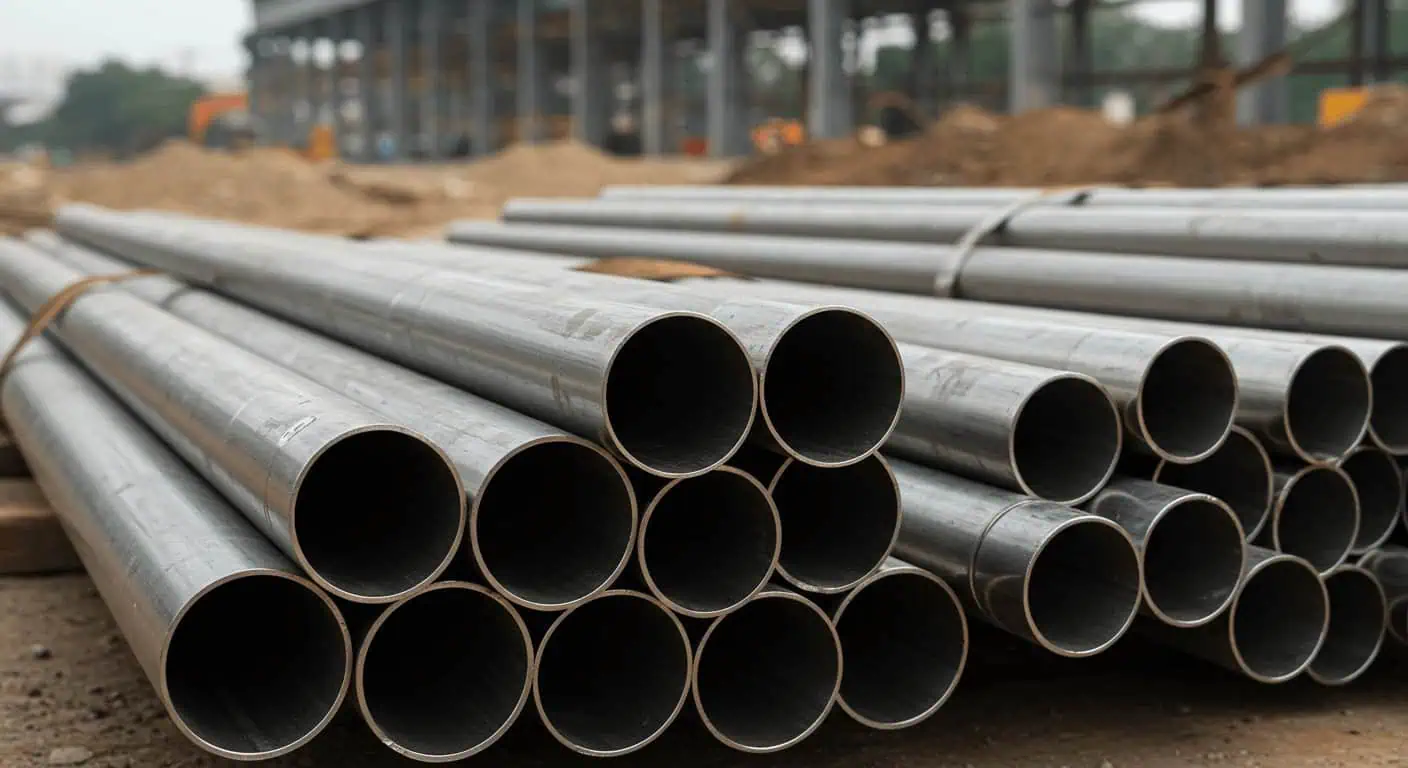
Which Is More Corrosion-Resistant: Cold Rolled or Stainless Steel?
If your project involves water, 약, or outdoor exposure, corrosion resistance should be a top concern.
Stainless steel has superior corrosion resistance due to its chromium layer, unlike cold rolled steel.
In the battle of cold rolled steel vs stainless steel, stainless wins hands down for corrosion resistance. Even cold rolled stainless steel—a stainless type that’s cold-processed—performs exceptionally in humid or acidic conditions. On the other hand, cold rolled steel will begin to rust quickly without protective coatings like galvanization or painting. This makes rolled stainless steel a smarter option for longevity in exposed environments.
Is Cold Rolled Steel Cheaper Than Stainless Steel?
Cost is often a decisive factor, especially when purchasing in large volumes for construction or manufacturing.
예, 콜드 롤 스틸 is generally more affordable than stainless steel.
Cold steel vs stainless steel comparisons often revolve around cost. Cold rolled steel can be 30–50% cheaper depending on global supply and market conditions. However, its lower price comes with trade-offs: you may need to spend more on rust protection or deal with a shorter lifespan. Stainless steel, despite its higher upfront cost, offers long-term savings through reduced maintenance and replacement.
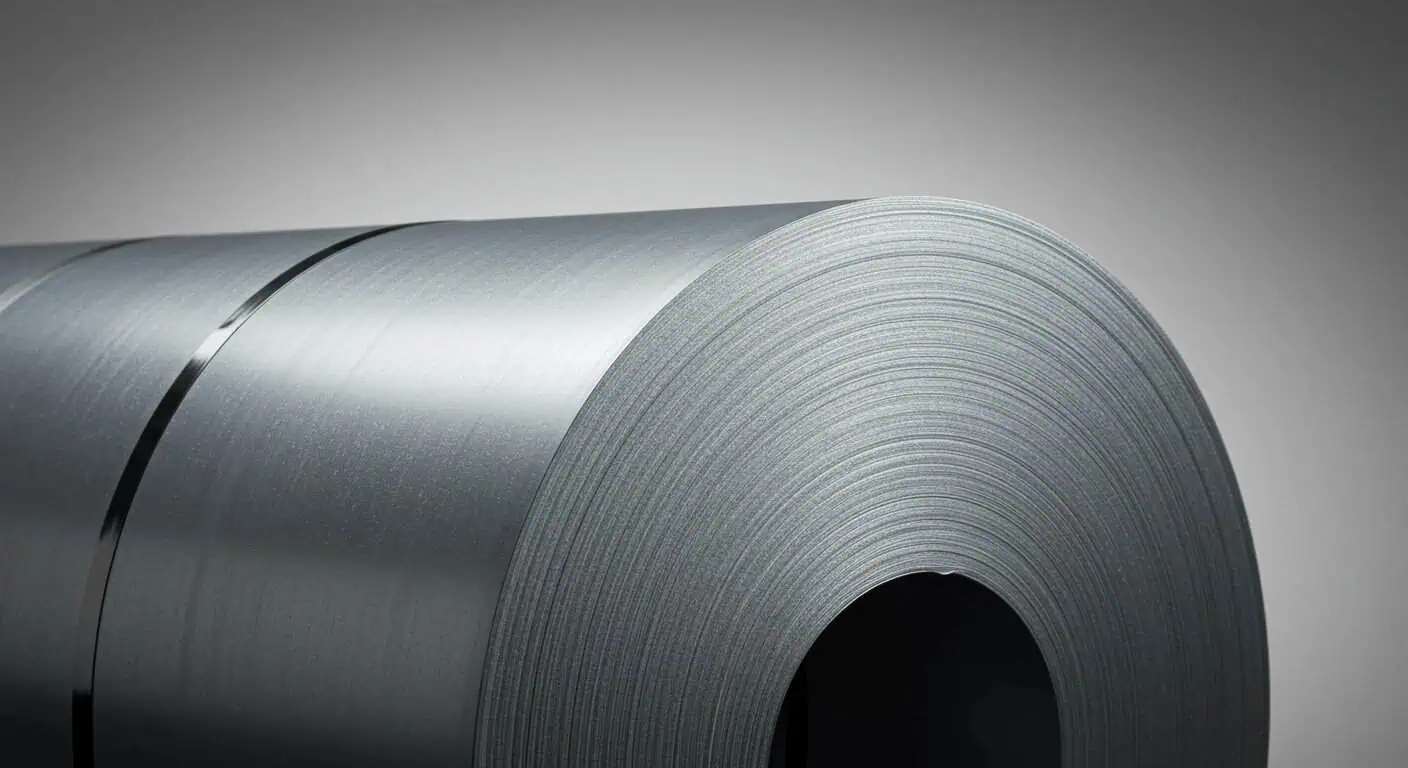
Which Steel Is Easier to Weld and Fabricate?
For many industries, ease of welding directly affects production time and cost efficiency.
Cold rolled steel is easier to weld; stainless steel requires special methods.
Welding cold rolled steel is simpler and more straightforward. It responds well to traditional techniques like MIG and arc welding. However, cold worked stainless steel requires more care to avoid warping or discoloration, especially when aesthetics matter. Stainless welding often involves specialized tools like TIG welders and skilled labor. If fabrication speed matters, cold rolled steel vs stainless steel comparisons typically favor cold rolled options.
When Should I Choose Stainless Steel Over Cold Rolled Steel?
Selecting the wrong material can lead to poor performance or expensive replacements.
Use stainless steel when corrosion resistance, hygiene, or heat resistance is a priority.
Industries such as healthcare, food manufacturing, and marine construction often opt for cold rolled stainless steel due to its superior hygiene and durability. If you’re designing outdoor structures, plumbing systems, or kitchen equipment, cold rolled steel vs stainless steel strength comparisons become secondary to corrosion performance. In these cases, stainless steel is clearly the better choice.
Is Stainless Steel Stronger Than Cold Rolled?
Strength is a key factor when building load-bearing structures or high-stress components.
Cold rolled steel is usually stronger due to work hardening, but stainless can be tougher in extreme conditions.
Although it may sound surprising, when comparing is cold rolled steel stronger than stainless steel, the answer is yes in terms of tensile strength. Cold rolling compresses and hardens the steel, enhancing its strength. However, 스테인레스 스틸—especially types like 316—offers better ductility, impact resistance, and high-temperature stability. That means it may not “snap” under stress like brittle steel.

What Are the Disadvantages of Cold Rolled Steel?
No material is perfect. Knowing the downsides helps avoid future problems.
Cold rolled steel can rust easily and may be more brittle under extreme conditions.
Compared to cold rolled stainless steel, plain cold rolled steel is more vulnerable to environmental damage. Its smooth surface, while aesthetically pleasing, offers little protection against rust or humidity. It’s also more rigid and less flexible, which can be a problem in dynamic load applications. For projects exposed to weather or stress, this material might require extra treatments or design reinforcements.
Will Cold Rolled Steel Rust?
Rust is one of the biggest enemies of steel, especially in long-term installations.
예, unless coated or painted, cold rolled steel can rust when exposed to moisture.
If you’re weighing cold rolled steel vs stainless steel durability in a coastal or humid environment, cold rolled steel will almost always lose. It doesn’t have chromium or any protective oxide layer like stainless steel. Over time, even indoor moisture can lead to surface corrosion. Coatings like galvanization or powder painting help, but they also increase cost and reduce recyclability.
요약
Now you understand both materials—match your choice to your budget, application, and environment.


